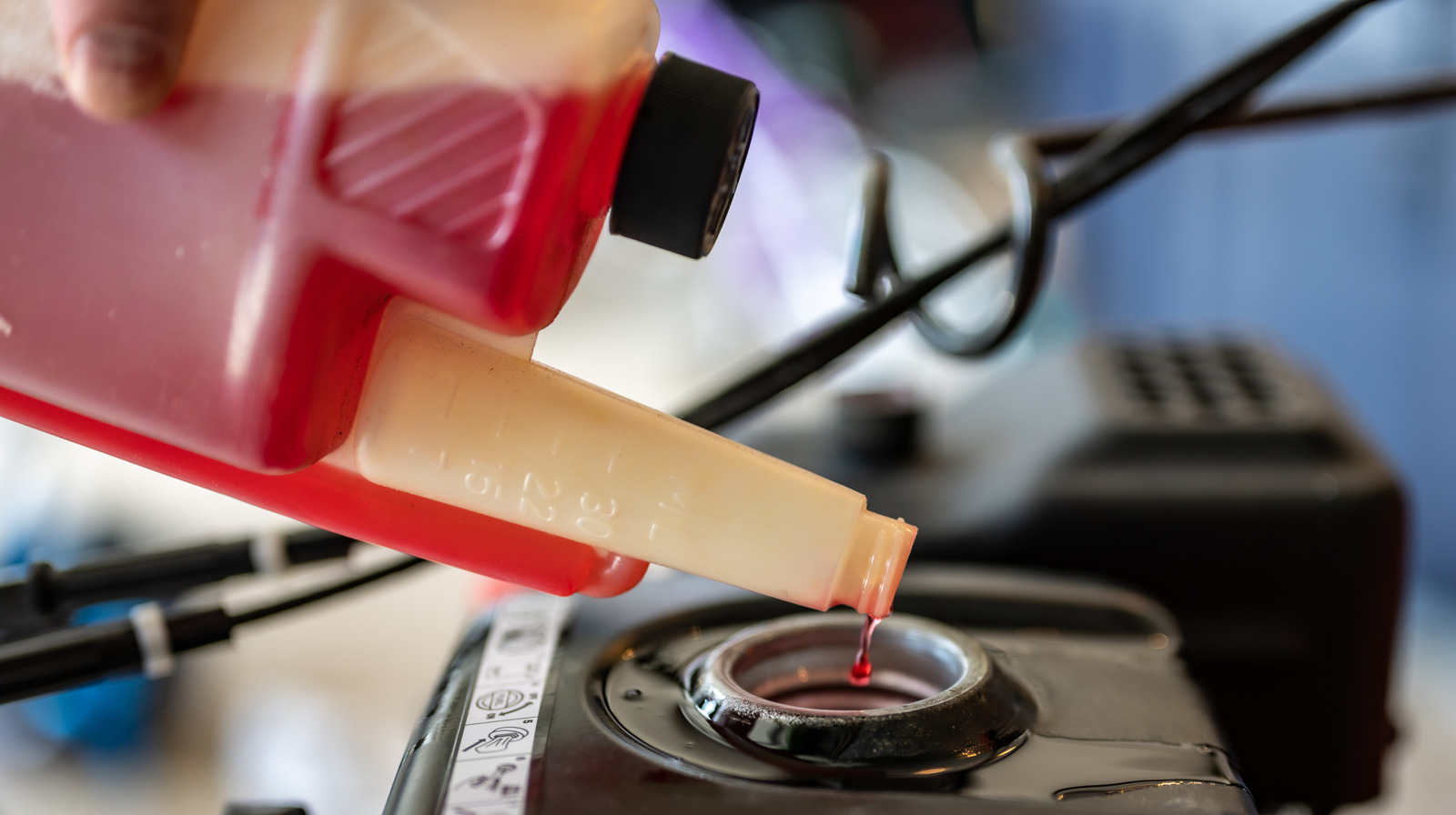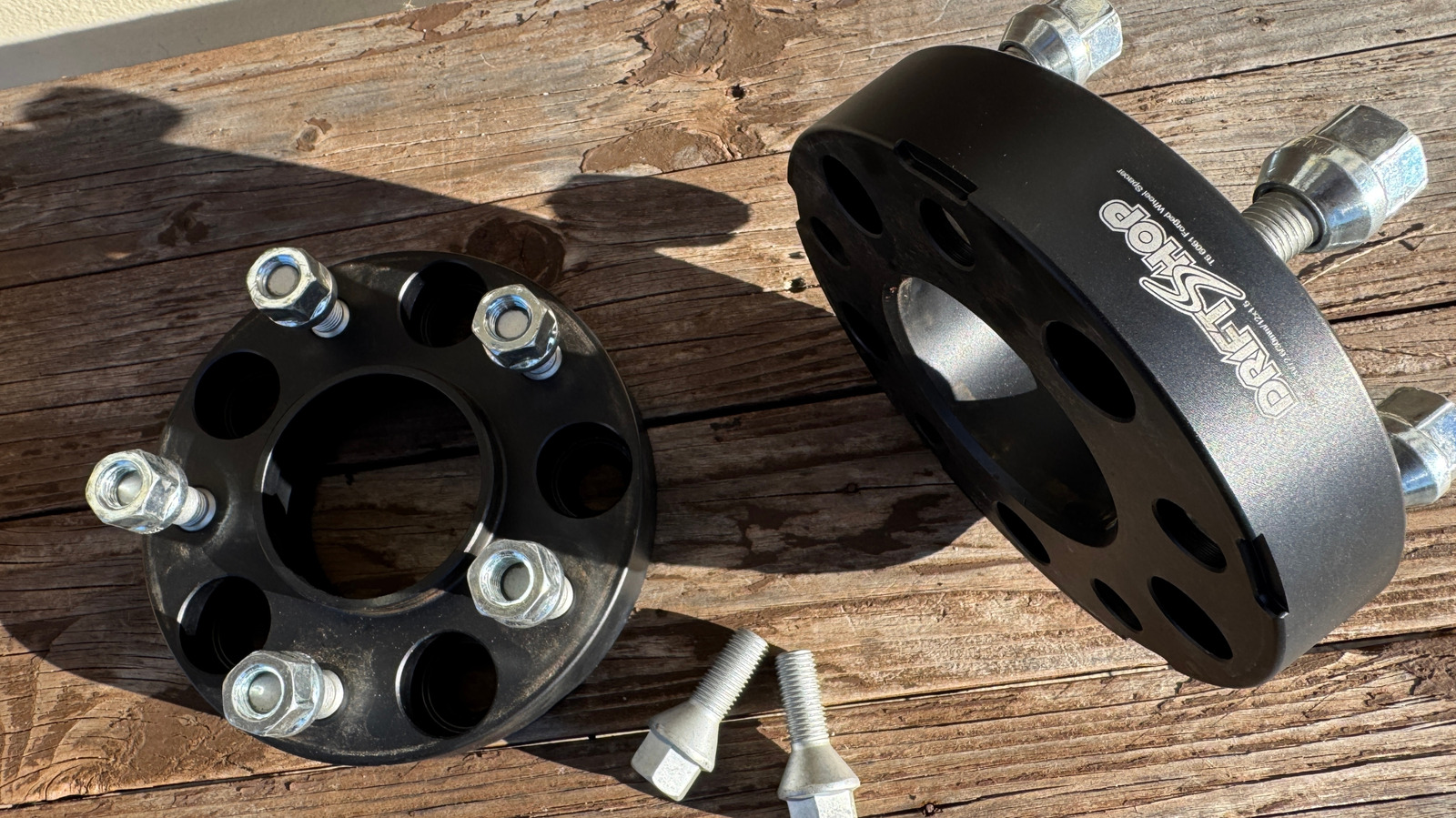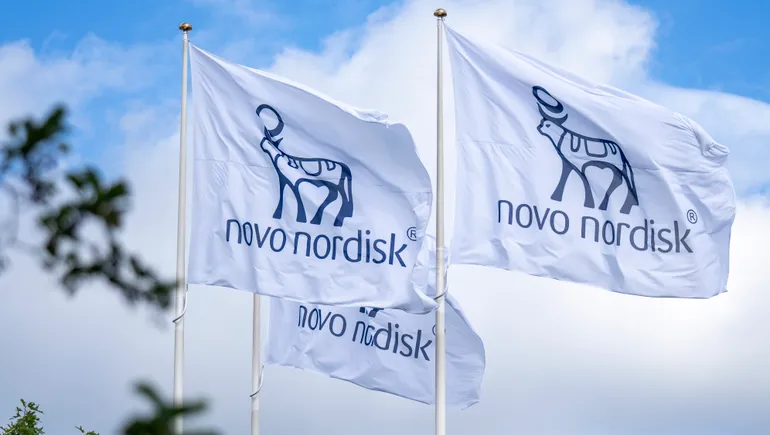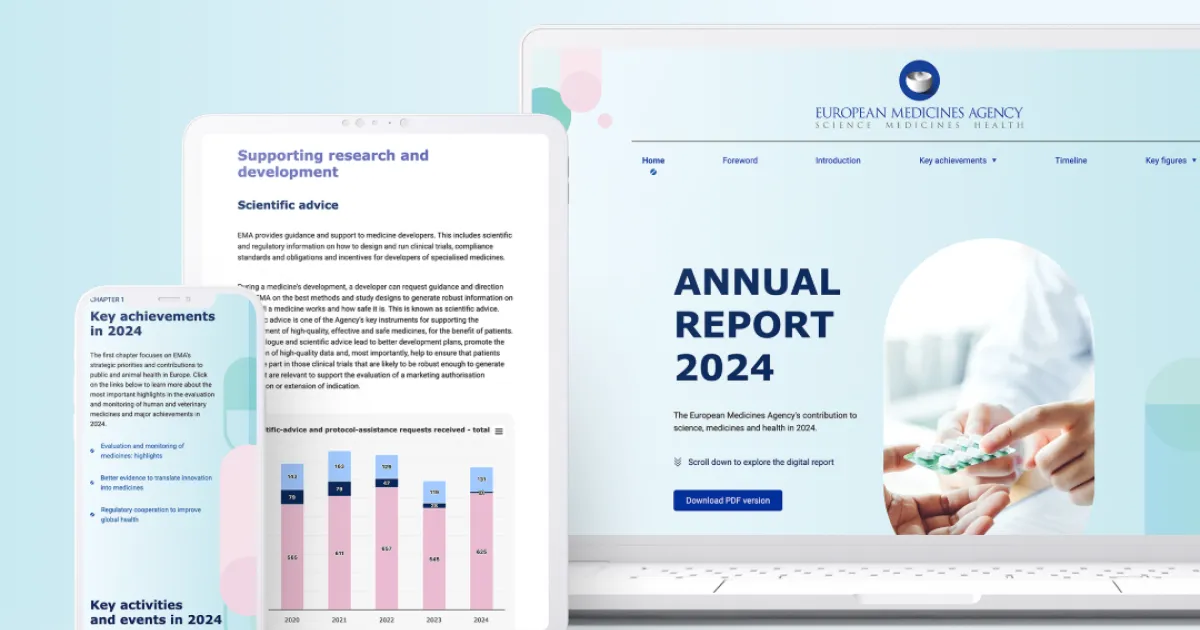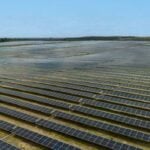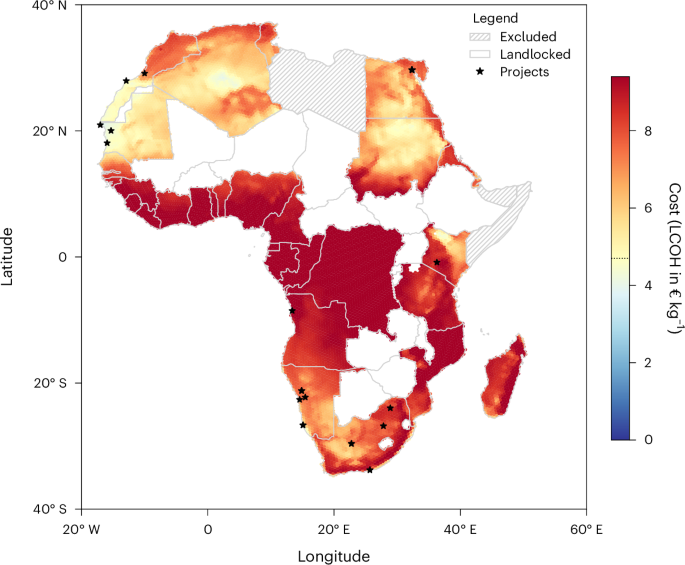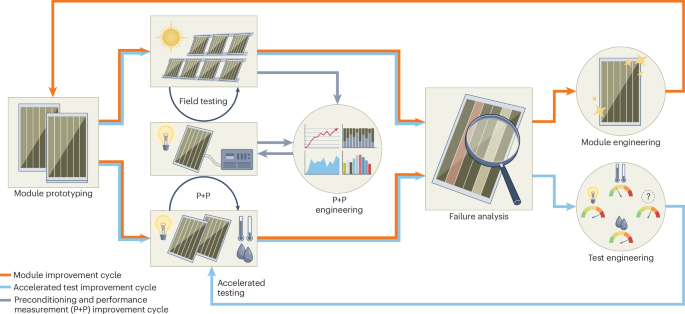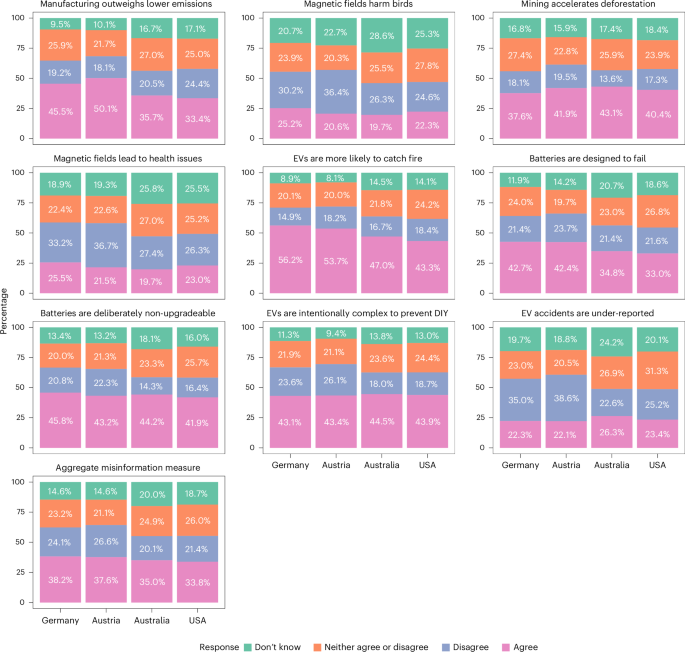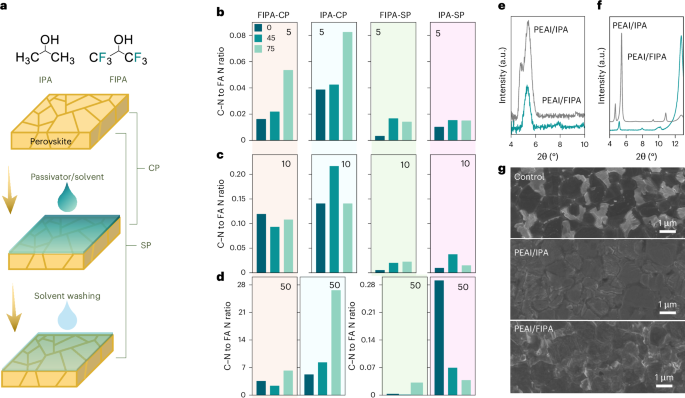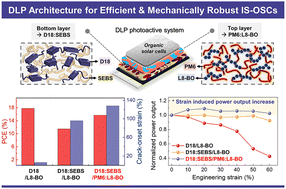Natural Turmeric‐Derived Nanovesicles‐Laden Metal‐Polyphenol Hydrogel Synergistically Restores Skin Barrier in Atopic Dermatitis via a Dual‐Repair Strategy
Advanced Healthcare Materials, EarlyView.

Skin barrier impairment leads to recurrent episodes of atopic dermatitis (AD). This work proposes a dressing incorporating natural turmeric-derived nanovesicles (TDNV) and metal-polyphenol hydrogel for synergistically targeting the inflammatory microenvironment, cellular metabolism, and disordered immune response through a dual-repair strategy to restore the skin barrier in AD. This design provides novel therapeutic agents and methods for AD treatment.
Abstract
Skin barrier impairment is critical in the development of atopic dermatitis (AD), increasing vulnerability to external pathogens and disrupting cell metabolism, which leads to inflammatory stress and immune imbalance. In this study, a natural turmeric-derived nanovesicle (TDNV)-laden metal polyphenol hydrogel, termed Fe-HD@TDNV is proposed, to synergistically restore the compromised skin barrier in AD through a dual-repair strategy. The TDNV effectively regulates metabolic activity by upregulating the expression of skin barrier proteins, antioxidant enzymes, and antimicrobial peptides (AMPs) in keratinocytes, thereby reinforcing barrier integrity and combating pathogens. Simultaneously, the Fe-HD hydrogel, cross-linked by Fe3⁺ ions and hyaluronic acid-graft-dopamine (HD), provides superior skin compatibility and establishes a low oxidative stress environment for potentiating the therapeutic efficacy of TDNV. By improving skin barrier conditions, the Fe-HD@TDNV hydrogel exhibited desirable performance in maintaining better skin hydration, reducing epidermal thickness, and decreasing abnormal immune responses in acute skin disruption models and AD models. This work is expected to offer insights into the cross-kingdom regulation between plant-derived nanovesicles and mammals, as well as the design of disease-specific dual-functional repair strategies.






















